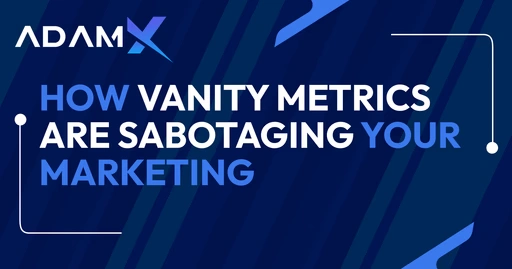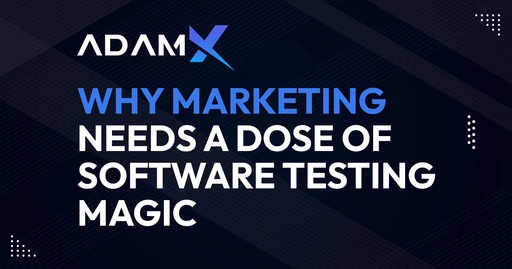In today’s market, the balance of power has shifted significantly towards the buyer. No longer are buyers passively receiving information; they are actively dictating the terms of their engagement. Here’s what it means when we say, “The buyer is in control”:
1. Buyers Decide If They Want to Engage with You
Before you even get a chance to pitch, buyers are making decisions about whether your company makes the shortlist.
Opportunity to Influence: Buyers are likely spending 15% of their time researching on vendor websites. Ensure that your website creates the best possible buyer’s experience.
2. Buyers Decide When They Want to Engage with You
Timing is everything. Buyers control the pace of their journey, choosing when they are ready to initiate contact. Your role is to be prepared and responsive whenever they decide to reach out.
Opportunity to Influence: Research shows that buyers will engage with you at the 70% mark of their journey, after they have built a shortlist of vendors. Focus on being absolutely ready to create a great first impression when they do engage, rather than wasting energy chasing them prematurely.
3. Buyers Decide Where They Want to Consume Information
In a world overflowing with information, buyers have the luxury of selecting their preferred channels. Whether it’s through social media, webinars, blogs, or industry reports, they choose the platform that suits them best.
Opportunity to Influence: Pay special attention to outdated information. While building new content, also spend time cleaning up older content so buyers are always seeing your latest and best information.
4. Buyers Decide What Information They Want to Consume
Not only do buyers choose where they get their information, but they also decide what kind of content is most relevant to their needs.
Opportunity to Influence: Research shows that as buyers consume data, they are comparing you to your competitors. Be focused and create content with the goal of differentiation. Don’t be shy about mentioning competitors when it serves to highlight your strengths.
5. Buyers Decide Who Tops Their Shortlist
Throughout the evaluation process, buyers are constantly refining their list of potential vendors. They prioritize those who align best with their criteria, often influenced by peer reviews, expert opinions, and their own research.
Opportunity to Influence: The chance of winning is 84% for the #1 vendor. The #2 vendor will spend an equal amount of time and money on selling, but with lower odds of success. If you’re not at the top, it might be better not to be on the list. Include an awareness of your position on the shortlist as part of your discovery process.
6. Buyers Leave Room for You to Guide Them
While buyers are in control, they also look to vendors for expertise. They value insights that can help them avoid pitfalls and make informed decisions. This is your opportunity to demonstrate your value by offering honest, helpful advice.
Opportunity to Influence: When you engage with them, do everything to prove why you should be #1 on their list. Focus on demonstrating not just how good you are, but how you are better than others. Be highly proactive and prescriptive during the early part of the engagement.
In this buyer-centric landscape, understanding and respecting the buyer’s control can set you apart. By aligning your strategies with their preferences and needs, you can build trust and foster stronger relationships that ultimately lead to successful engagements.





